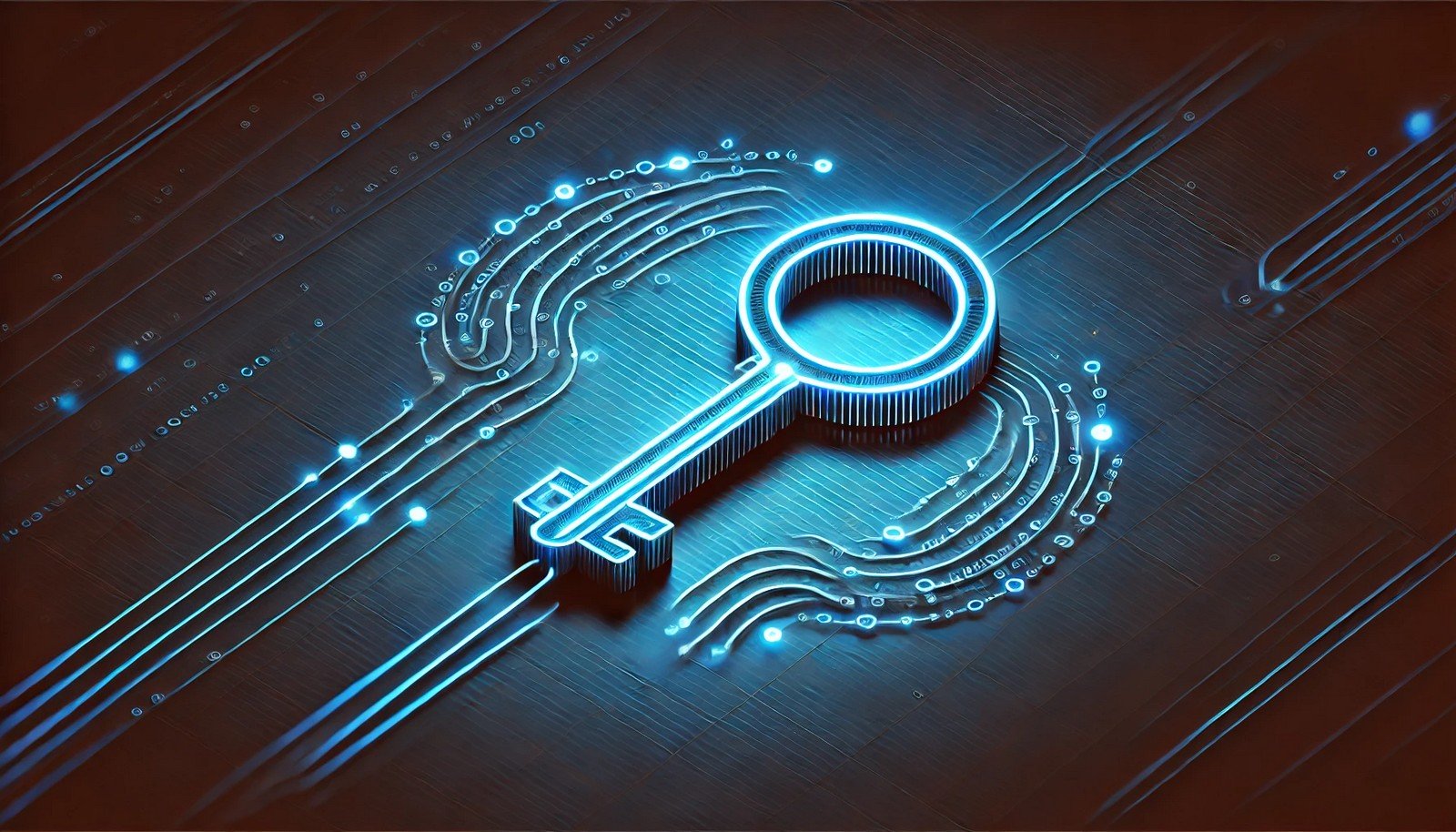Authorization Token
 (Representational Image | Source: Dall-E)
(Representational Image | Source: Dall-E)
Quick Navigation:
- Authorization Token Definition
- Authorization Token Explained Easy
- Authorization Token Origin
- Authorization Token Etymology
- Authorization Token Usage Trends
- Authorization Token Usage
- Authorization Token Examples in Context
- Authorization Token FAQ
- Authorization Token Related Words
Authorization Token Definition
An authorization token is a secure, unique string used to validate and grant access to resources, systems, or applications. Tokens are widely employed in APIs, where they authenticate requests between clients and servers. The token typically contains encoded information about the user's session or permissions and may have an expiration time for security. Technologies like OAuth, JWT (JSON Web Token), and bearer tokens exemplify the use of authorization tokens in modern software development.
Authorization Token Explained Easy
Imagine you have a special key to enter a locked garden. When you show this key, the guard lets you in because it proves you’re allowed there. An authorization token is like that key for computers; it shows systems that you’re allowed to access certain things.
Authorization Token Origin
Authorization tokens became prominent with the rise of web-based applications and APIs in the early 2000s. They address the need for secure communication and authenticated interactions over the internet.
Authorization Token Etymology
The word "authorization" originates from the Latin "auctor," meaning creator or author, combined with "token," which historically refers to an object symbolizing access or rights.
Authorization Token Usage Trends
With the growth of cloud services, mobile applications, and IoT, authorization tokens have become essential. Their usage spans across banking apps, social media platforms, and enterprise solutions, ensuring secure access control.
Authorization Token Usage
- Formal/Technical Tagging:
- Authentication
- Secure Access
- API Security - Typical Collocations:
- "Bearer authorization token"
- "OAuth token flow"
- "JSON Web Token (JWT)"
Authorization Token Examples in Context
- APIs use authorization tokens to validate data requests from third-party applications.
- Mobile banking apps generate tokens to secure user sessions and transactions.
- Cloud storage platforms require tokens for file access permissions.
Authorization Token FAQ
- What is an authorization token?
A secure string used to grant authenticated access to resources or systems. - How does an authorization token work?
It verifies the identity or permissions of the requester before granting access. - What types of authorization tokens exist?
Common types include bearer tokens, JSON Web Tokens (JWTs), and API keys. - Why do authorization tokens expire?
To enhance security and prevent unauthorized access after a session ends. - What is a bearer token?
A token passed with requests to authenticate and authorize actions. - Are tokens secure?
Tokens are secure when properly encrypted, transmitted, and stored. - Can tokens be reused?
Yes, within their validity period, unless explicitly invalidated. - How do tokens differ from passwords?
Tokens are temporary and specific to sessions or actions, while passwords are user-defined credentials. - What happens if a token is compromised?
Immediate invalidation is recommended, and issuing a new token is essential. - Where are authorization tokens used?
They’re employed in APIs, mobile apps, cloud services, and more.
Authorization Token Related Words
- Categories/Topics:
- Cybersecurity
- Web Development
- Identity Management
Did you know?
Authorization tokens underpin single sign-on (SSO) systems, letting users access multiple applications with one login, improving user experience and reducing password fatigue.
PicDictionary.com is an online dictionary in pictures. If you have questions or suggestions, please reach out to us on WhatsApp or Twitter.Authors | Arjun Vishnu | @ArjunAndVishnu

I am Vishnu. I like AI, Linux, Single Board Computers, and Cloud Computing. I create the web & video content, and I also write for popular websites.
My younger brother, Arjun handles image & video editing. Together, we run a YouTube Channel that's focused on reviewing gadgets and explaining technology.



Comments powered by CComment